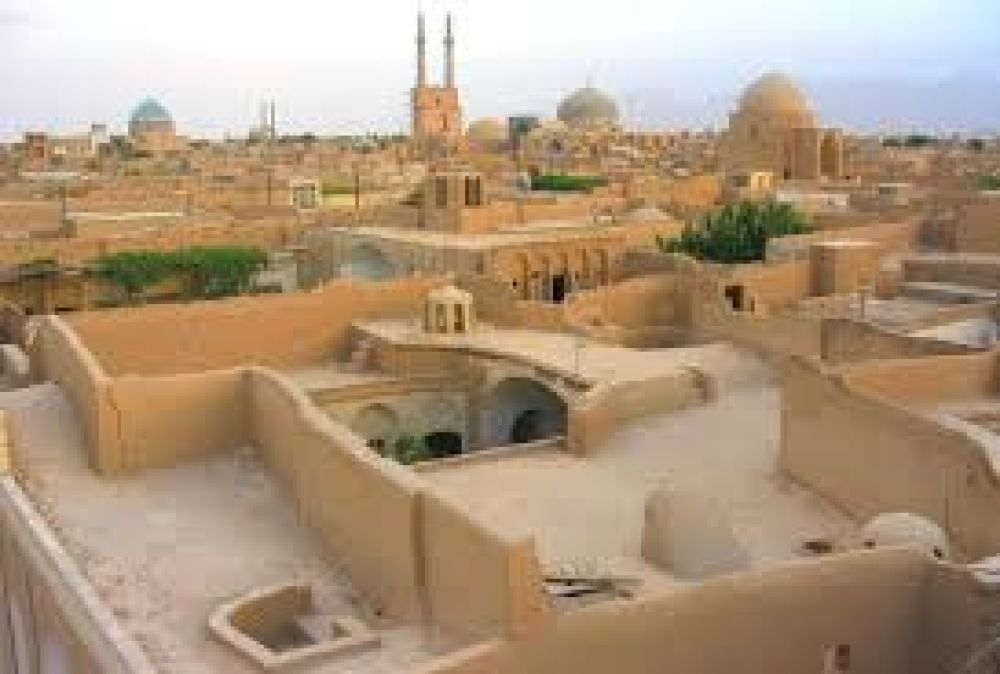

Fahadan Old Town in Yazd, Iran, is one of the most iconic historical districts in the country, boasting an incredibly rich history that intertwines with the fabric of Persian culture. A symbol of the ancient civilization that once thrived in this region, Fahadan Old Town has been a bedrock of tourism in Yazd, drawing visitors for various reasons, ranging from its unique desert architecture to its intricate windcatchers.
The history of tourism in Fahadan Old Town can be traced back to when travelers along the Silk Road began documenting the awe-inspiring city of Yazd. Throughout the centuries, Yazd remained a haven for traders and travelers, providing a glimpse into a way of life preserved from ancient times. The old town itself, within the larger historical context of Yazd, showcases traditional homes, narrow alleys, and complexes that date back to the Islamic era in Iran, predominately from the 14th century onwards.
One of the major attractions that initially lured tourists to Fahadan was its distinctive architecture. The area is renowned for its use of adobe in constructing high walls and winding lanes that shield from the desert heat. Homes are adorned with beautiful courtyards, large doors, and the iconic windcatchers (Badgirs) that are an engineering marvel, serving as natural ventilating systems. These features of the old town not only highlight architectural genius but also embody the adaptable spirit of its inhabitants to the harsh climate of the region.
Fahadan Old Town, along with the historical city of Yazd, was recognized as a UNESCO World Heritage Site in 2017. This acknowledgment amplified interest in the area, prompting initiatives to preserve its cultural and architectural integrity. As a result, there has been a surge in responsible tourism practices aimed at safeguarding this invaluable heritage for future generations.
In recent years, sustainable and experiential tourism trends have taken center stage in Fahadan. Visitors are seeking authentic cultural interactions, opting to stay in traditional guesthouses and participate in local crafts and cuisines workshops. With the global emphasis on sustainable travel, Fahadan has seen growth in eco-friendly initiatives, such as the restoration of old houses into boutique hotels with minimal environmental impact.
Another trend that is seeing a resurgence in the historical city is literary and art tourism. The labyrinthine alleys of Fahadan have long been the inspiration for Persian poets and artists, and today, galleries, and events celebrating this heritage are increasingly popular. Many tourists now attend poetry readings or art exhibitions as part of their cultural immersion in Yazd.
Despite the growing number of visitors, preserving Fahadan Old Town continues to present challenges, including urbanization pressures and maintaining the balance between development and conservation. However, efforts are continually being made by local authorities and international organizations to ensure that the beauty and history of Fahadan remain intact.
The deep historical roots and rich cultural tapestry of Fahadan ensure that its place as a premier destination for those seeking the essence of Persian history and architecture remains secure. The ongoing dedication to sustainability and cultural preservation heralds a bright future for tourism in this cherished Iranian treasure.